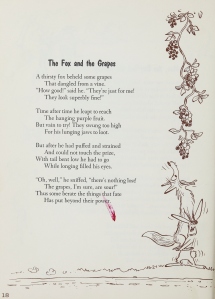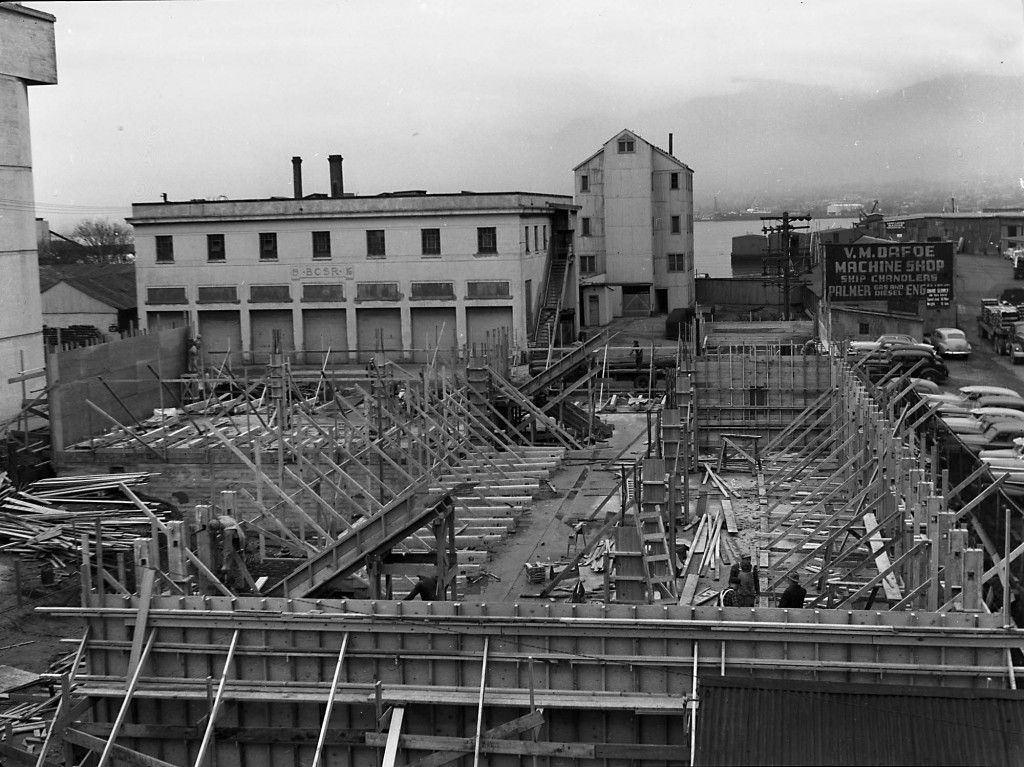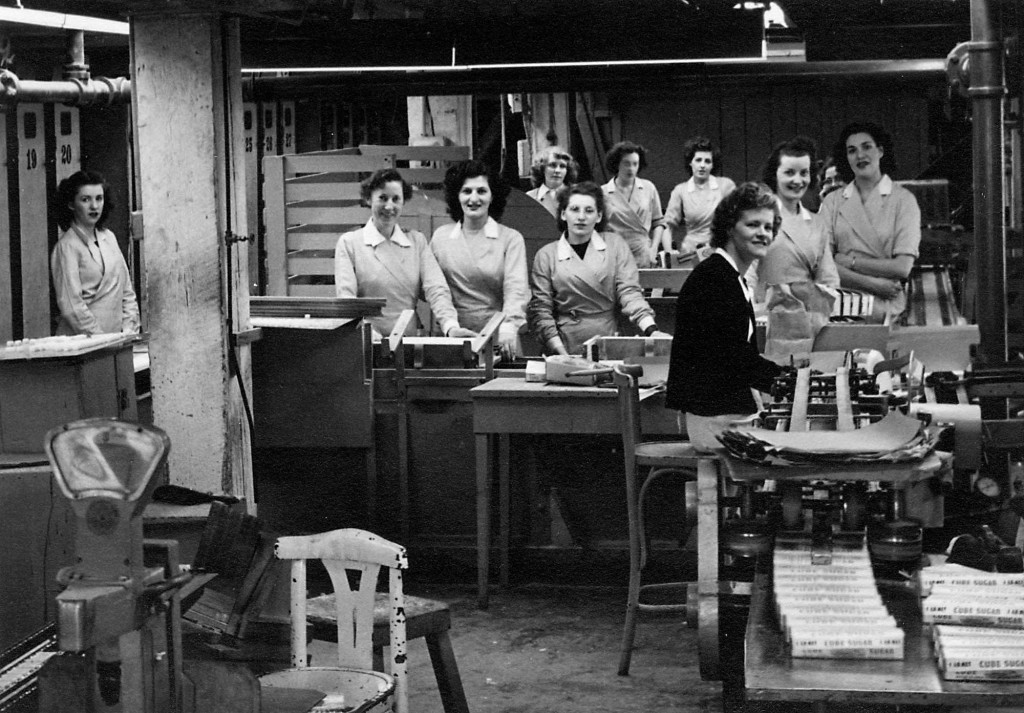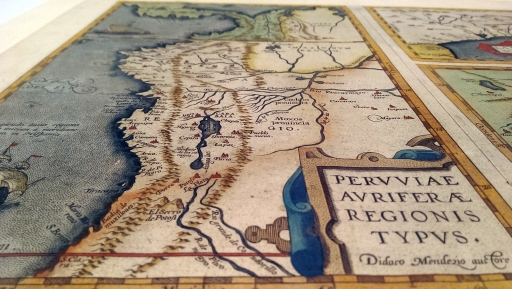El 27 de noviembre 2001, Vicente Fox Quesada dispuso un Acuerdo para la Procuración de Justicia por Delitos Cometidos Contra Personas Vinculadas con Movimientos Sociales y Políticos del Pasado. Éste contemplaba tres medidas principalmente para la atención integral de víctimas y familiares.
A la Procuraduría General de la República (PGR), solicitó la creación de Fiscalía Especial para Movimientos Sociales y Políticos del Pasado (Femospp); a la Secretaría de Gobernación (Segob) le encargó la integración de un comité interdisciplinario para la reparación del daño, y a todas las secretarías de Estado de la Administración Pública Federal la apertura de sus archivos.
La Femospp, a cargo Ignacio Carrillo Prieto, atendería la Recomendación 26/2001 emitida por la Comisión Nacional de Derechos Humanos (CNDH) en contra del Ejecutivo federal, en la que se pedía abriera información sobre 532 casos de personas desaparecidas por motivos políticos, en su mayoría integrantes de grupos guerrilleros en los años 60 y principios de los 80.
En el sexenio del ex presidente Vicente Fox también se abrieron las indagatorias sobre los hechos ocurridos el 2 de octubre de 1968 y del 10 de junio de 1971; el caso Aguas Blancas, el homicidio de 170 maestros disidentes y los 665 homicidios de militantes del PRD durante la administración de Carlos Salinas
A través de la fiscalía, las víctimas y sus familiares tendrían la posibilidad de demandar justicia, hacer valer su derecho a la verdad mediante la reconstrucción histórica, y buscarían los mecanismos para la reparación del daño.
Para continuar con la integración de los expedientes de la CNDH y los casos iniciados por la Femospp, se abrió información reservada en poder de la Secretaría de Gobernación (Segob), específicamente de las extintas Dirección Federal de Seguridad (DFS) y Dirección General de Investigaciones Políticas y Sociales (DGIPS), que el Centro de Investigación y Seguridad Nacional (Cisen) conservaba en su archivo histórico. En total trasladaron 4 mil 223 cajas al Archivo General de la Nación (AGN).
La Secretaría de la Defensa Nacional (Sedena) aportó mil 653 legajos y la Secretaría de Relaciones Exteriores (SRE) entregó 15 expedientes pertenecientes al archivo de la Coordinación de Control y Verificación Migratoria y dos expedientes en cuatro paquetes y 10 sobres cerrados de la Dirección General de Derechos Humanos.
Los lineamientos para consultar los acervos fueron aprobados y publicados en el Diario Oficial de la Federación. Se estableció como requisitos presentar una solicitud, acreditarse e ingresar a la sala de consulta. El archivo de la extinta DFS se ubicó en la Galería Uno; el resto de los documentos fueron depositados en otros espacios del recinto. Galería Uno quedó en resguardo del Cisen
El tratamiento que se le dio a la información de la Galería Uno, siempre se distinguió; mientras los acervos provenientes de otras dependencias se dejaron completamente en custodia del AGN, el de la DFS era resguardado y administrado por personal del Cisen a cargo de Vicente Capello y Rocha (qepd).
La consulta directa y la reproducción de los documentos era un actividad cotidiana, tras el pedimento de información en el área de referencias de AGN, el acceso a los documentos era mediante las fichas bibliográficas que contienen una breve descripción del documento y su clasificación para ubicarlo.
Si bien es cierto que en la consulta directa estaba restringido el acceso a la información de expedientes personales, esta medida no aplicaba cuando la solicitud era para información de un grupo específico o alguna institución.
Para las víctimas y sus familiares, o representantes legales, el acceso era de total apertura; se les entregaban copia sin testado y había gratuidad en las reproducciones. Al cierre de la Femospp, en 2006, se les testaban los documentos y se solicitaba el pago.
Con la llegada del INFOMEX; el sistema electrónico para solicitar información; se permitió que el público en general tuviera acceso a documentos de expedientes personales en la modalidad de versión pública.
El AGN ahora cuenta con más de mil versiones públicas disponibles para su consulta. La lista completa y actualizada la pone a disposición a través de su portal electrónico.
Hasta finales de 2014 era posible hacer consultas directas mediante fichas, documentos originales o digitalizados y versiones públicas, ahora sin emitir un comunicado alguno a los usuarios, se dispuso que la consulta directa a documentos ya no es posible. En la Galería Uno el aviso es verbal y bajo el argumento de la protección de datos personales.
El archivo de la extinta DFS, ahora etiquetado en una nueva modalidad según la Ley Federal de Archivos (LFA), donde todos los documentos entran en la categoría de archivo históricos confidencial; en el Art. 27 de la LFA se establece un lapso de 30 años a partir de la fecha de creación del documento para hacer públicos los documentos con valor histórico y si estos contienen datos personales sensibles, el lapso se extiende a 70 años
Si bien este acervo podría entrar en esta modalidad de histórico confidencial, la aplicación de esta medida no debe ser efectiva puesto que este acervo contiene información sobre violaciones graves a los derechos humanos y registra datos que muchos especialistas afirman son pruebas de delitos de lesa humanidad.
Sobre todo porque su propósito original es ofrecer justicia a víctimas de tortura y privación ilegal de la libertad por parte de instancias gubernamentales, y después de 30 o 40 años, familiares de víctimas de desaparición forzada aún esperan que este acervo arroje algún indicio sobre el paradero de sus seres queridos.
Si en su momento se les negó toda posibilidad de esclarecer su caso, estos archivos han arrojado datos relevantes en casos como el Rosendo Radillaante la Corte Interamericana de Derechos Humanos (CIDH) y podrían hacerlo en el de Aleida Gallangos Vargas, entre otros.
Estos documentos también brindaron pruebas de los abusos del Estado, no sólo hacia los mismos mexicanos, sino en casos que ayudaron al esclarecimiento de sucesos a nivel internacional como lo fue la Operación México”.
Esta estrategia fue un operativo implementado por militares argentinos en nuestro territorio para ubicar y secuestrar asilados de ese país en 1978.
Los documentos obtenidos del fondo DFS sobre la detención de los militares enviados a nuestro país durante la Dictadura de Videla, fueron apostillados y enviados a la Corte en Argentina.
Medida regresiva:
En entrevista, la historiadora Ángeles Magdaleno, presidenta de la Defensoría para Usuarios de Archivos Públicos (DUdA), se manifestó en contra de la medida implementada por el Archivo General de la Nación. El olvido daña más a los archivos que su consulta expresó.
¿Qué va a ocurrir con las víctimas y familiares que aún esperan que este acervo arroje información para resolver las averiguaciones previas que integró la Femospp y que siguen abiertas? ¿Qué pasará con los cientos de documentos que aún están bajo reserva en AGN a petición de la PGR preguntó.
Mercedes de Vega, titular del AGN, no ha fundamentado legalmente el motivo de esta medida, que a todas luces es arbitraria y lo que intenta es inhibir la consulta de este acervo, además no hubo aviso ni comunicado previo. No lo vamos a permitir, dijo la historiadora Ángeles Magdaleno.
No nos dio oportunidad a los usuarios de poner a discusión la relevancia de este acervo. Por supuesto no buscamos pasar por encima del derecho a la protección de datos de la personas que tuvieron la desventura de que la DFS les abriera un expediente. Eso no está en discusión.
Lo que vemos es una intención deliberada de ir cerrando la información, sobre todo ahora que está en discusión la Ley General de Transparencia y que contempla eliminar la excepción para reservar información sobre violaciones a derechos humanos y lesa humanidad, precisó la experta en archivos.
Por otro lado, el testado de los documentos estaba a cargo del AGN, ahora el Cisen lo hace, queremos que sobre este asunto se pronuncie el IFAI, aseguró la historiadora.
El escritor Jacinto Rodríguez Munguía aseguró que esta medida no es congruente, pues este fondo documental fue abierto para darle continuidad a una recomendación de la CNDH y hay muchas víctimas en espera de que sus casos se resuelvan. Si cierran la consulta directa, ¿Cómo podrán obtener pruebas de la violencia que ejerció el Estado en su contra?, expresó.
La finalidad de este acervo era justo que las víctimas y familiares tuvieran acceso directo e inmediato a estos documentos, tienen derecho a conocer la verdad, a reconstruir lo ocurrido, explicó el periodista.
EL UNIVERSAL buscó a Mercedes de Vega, titular del AGN, para que hablara sobre los fundamentos que motivaron la cancelación de la consulta directa del fondo DFS, que es vista por los usuarios como inesperada y regresiva.
Queremos que nos explique si esta medida fue por disposición del AGN, del IFAI o directamente del Cisen, precisó Rodríguez Munguía.
La Directora de Publicaciones y Difusión del AGN, María Fernanda Treviño Campero, comentó que De Vega se encontraba fuera de la ciudad y que en breve atendería la petición. Esto ocurrió hace ocho días y no se recibió ninguna respuesta a otras comunicaciones.





























![B.T. [Benjamin Tingley] Rogers and Margaret swimming; Reference code: AM1592-1-S2-F08 : 2011-092.3807.](http://www.vancouverarchives.ca/wp-content/uploads/2011-092.3807-671x1024.jpg)


























